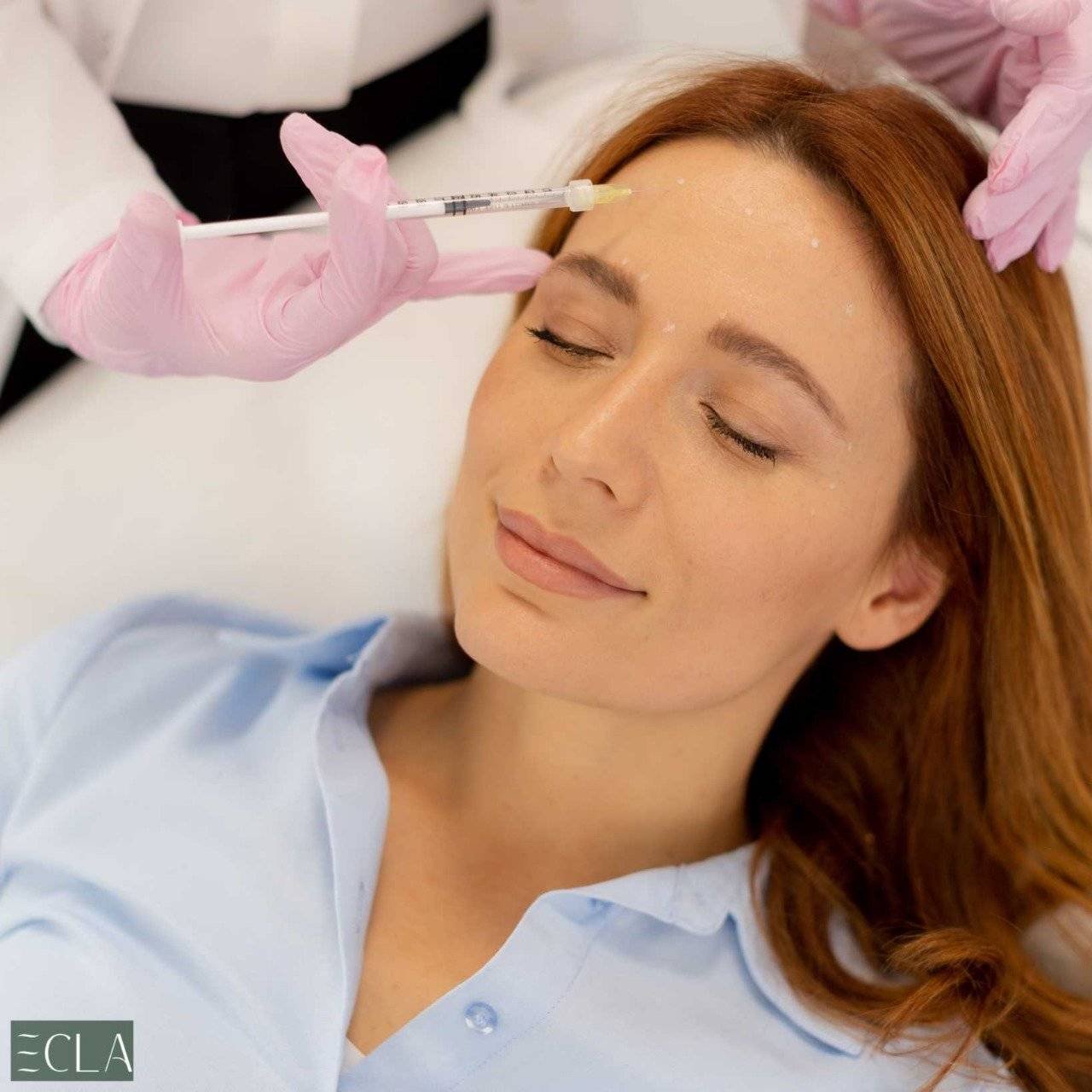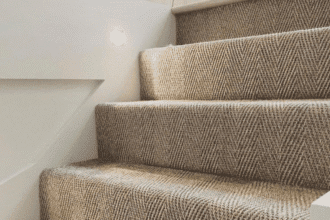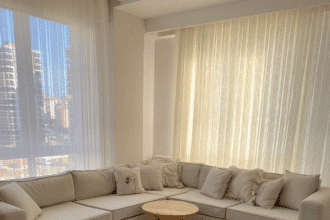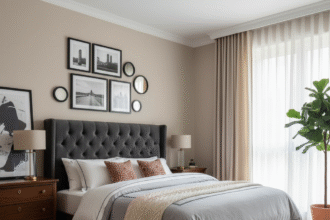In Dubai’s warm weather, air conditioning (AC) is a need rather than a luxury. But if you have recently had a cosmetic procedure such as a body filler injection, you may be wondering whether consistent exposure to cold air could impact your outcome. These fillers are made of hyaluronic acid, collagen, or other biocompatible materials, so their behavior can be affected by surrounding environmental factors like temperature, humidity, and air circulation.
- How Do Body Fillers Work?
- Does Cold Air from AC Affect Body Fillers?
- Temperature Sensitivity of Fillers
- Drying Effects of Air Conditioning
- Impact on Healing Post-Filler Treatment
- How to Protect Your Body Fillers from AC Exposure
- Avoid Direct AC Flow on Treated Areas
- Keep Your Skin Hydrated
- Adjust AC Temperature Wisely
- Use a Humidifier
- Follow Your Aftercare Instructions
- Common Myths about AC and Fillers
- Conclusion
Here at Ecla Clinic, your worries and health come first, so we offer guidance on whether the cold air from AC can affect your fillers, how to avoid compromising your results, and what precautions you should take to prolong the effect.
How Do Body Fillers Work?
To better understand how AC affects fillers, it’s important to know how these work.
It is an injectable treatment that works to enhance, contour, and volumize areas of the body such as hands, thighs, hips, and buttocks. These fillers consist of materials as follows:
- Hyaluronic Acid (HA): It helps to hold onto moisture and gives plumpness.
- Collagen-Based Fillers: This filler encourages the body to create its own collagen.
- Calcium Hydroxyl apatite (CaHA): Adds structure and volume.
- Poly-L-Lactic Acid (PLLA): Stimulates long-term tissue development for results.
Over time, these substances integrate with the skin and tissues, giving natural-looking enhancement. But some outside forces, including cold air in particular, may affect their behavior and lifespan.
Does Cold Air from AC Affect Body Fillers?
Temperature Sensitivity of Fillers
Most filler contain water-based or gel-like substances that need optimal levels of hydration and blood circulation to settle properly. Sudden exposure to freezing temperatures in the form of a strong AC airflow can cause:
- Fillers settle down slower due to reduced blood flow.
- Temporary firmness or stiffening of filler material at the injection site.
- Delayed healing and absorption are affecting final results.
While AC air is not as extreme as freezing temperatures, prolonged exposure can slightly alter how fillers integrate with your body.
Drying Effects of Air Conditioning
Air conditioners suck moisture out of indoor air, which can cause dry skin and dehydration. Since it depends on skin hydration to keep them plump, when skin is too dry, it can lead to:
- Less voluminous look with time.
- Hardly any fine lines or uneven texture in all the areas, treated with fillers.
- It reduces the longevity of the fillers, requiring touch-ups more regularly than expected.
To maintain the best results, it is important to keep your skin moisturized and hydrated.
Impact on Healing Post-Filler Treatment
Your skin undergoes a healing process after getting the treatment. If you are sitting in the direct path of cold air from the AC, let’s see how this may impact:
- Swelling and bruising might last longer since cold air slows down the blood flow.
- Increased numbness or tingling sensations can make discomfort more noticeable.
- If the treated area is exposed to temperature changes constantly, the risk of filler migration may increase.
During the first couple of days after the treatment, it is advisable to avoid sitting right under the AC vent.
How to Protect Your Body Fillers from AC Exposure
Avoid Direct AC Flow on Treated Areas
Avoid direct cold airflow from AC vents right after your treatment. If you utilize air conditioning a lot, sit on the opposite side of the airflow, especially during the first 48–72 hours after the procedure.
Keep Your Skin Hydrated
Fight dryness with an appropriate level of hydrating moisturizer for your skin. And hydration will keep the fillers plump and lasting longer.
Adjust AC Temperature Wisely
Do not keep your AC at an extremely low temperature; instead, keep it at a moderate level (22-24°C). Drastic temperature shifts can slow down the healing process and cause fillers to migrate or settle unevenly.
Use a Humidifier
Using a humidifier can balance indoor moisture levels, which will prevent too much skin dryness and filler dehydration, especially if you live in an air-conditioned environment for long periods.
Follow Your Aftercare Instructions
We offer personalized aftercare for body fillers in Dubai. Here are some general aftercare tips:
- For at least the first few days, avoid extreme temperatures (hot or cold).
- Avoid rubbing or massaging the treated area unnecessarily, unless advised.
- Look for a gentle moisturizer, and avoid using alcohol-based skincare products.
- Attending the scheduled follow-up appointments helps in monitoring the result.
Common Myths about AC and Fillers
- Air Can Freeze or Harden Fillers
Fillers do not freeze like water, but extreme cold can make them temporarily hard. But this is not permanent, and normal temperature balance returns their flexibility.
- AC Exposure Can Dissolve Fillers
AC air doesn’t dissolve fillers by itself, but dehydration over time can lead to dryness, which may cause the treated area to appear less plump over time.
- You Must Avoid AC Completely
You don’t have to skip air conditioning entirely, but moderation is key. Keeping only a normal room temperature and avoiding direct cold air exposure can be enough.
Conclusion
Overexposure does not directly affect body fillers; however, air from AC has a stimulating effect on the skin, which could contribute to dryness, slower healing effects, and temporary firmness in the treated area. But if you stay well-hydrated, adjust AC settings, and follow aftercare guidelines, you can go a long way in protecting the results of your treatment.
If you plan to have body fillers in Dubai, consult Ecla Clinic’s experts for a safe, natural, and long-lasting result. Schedule your appointment now and get a perfect body contour with confidence!





